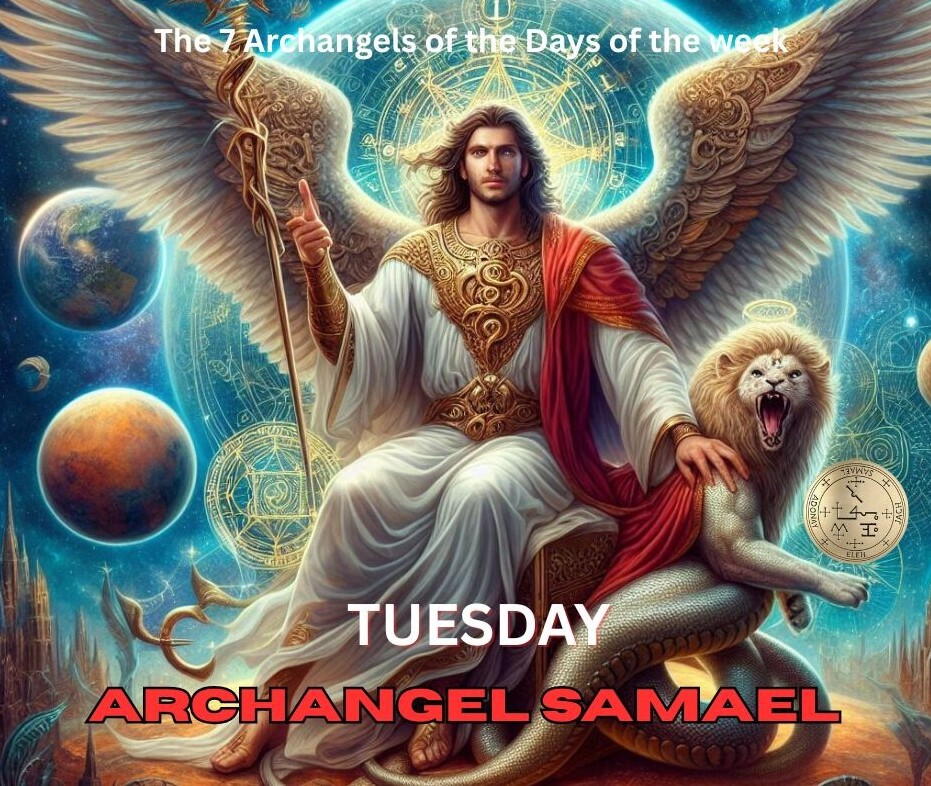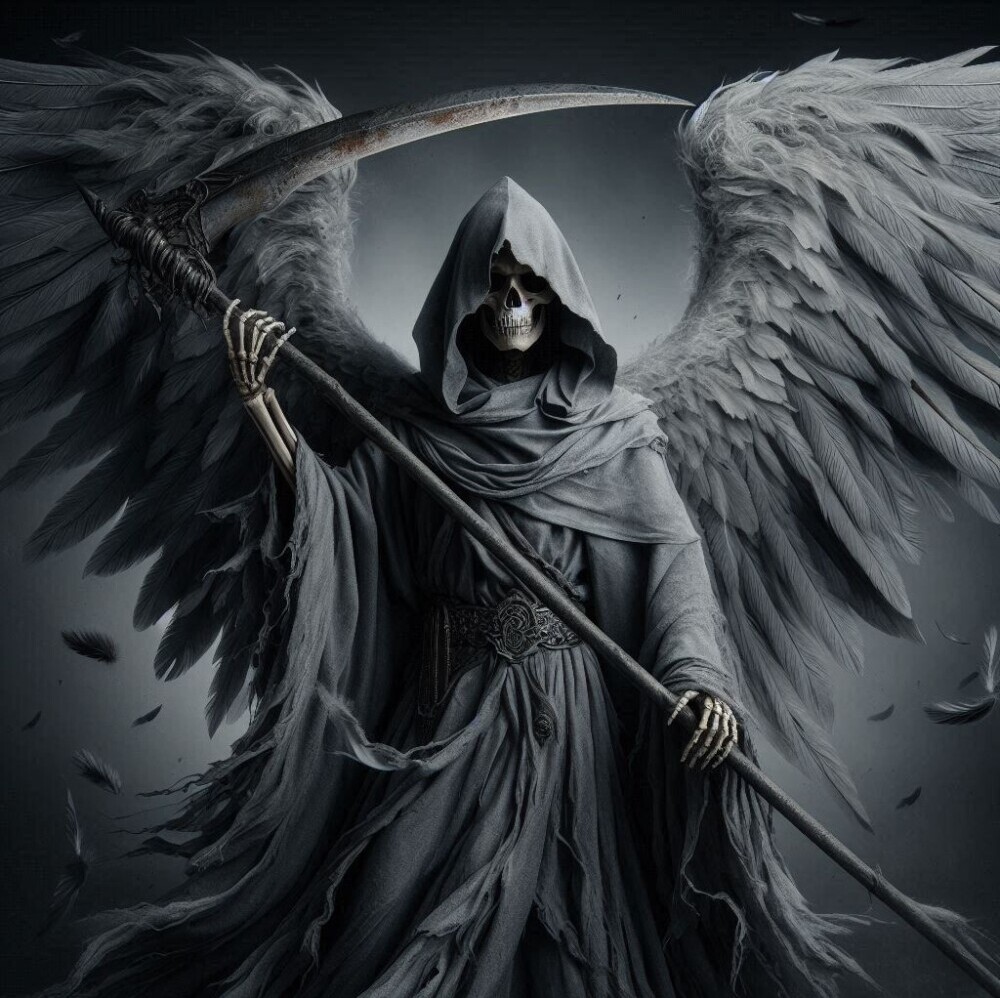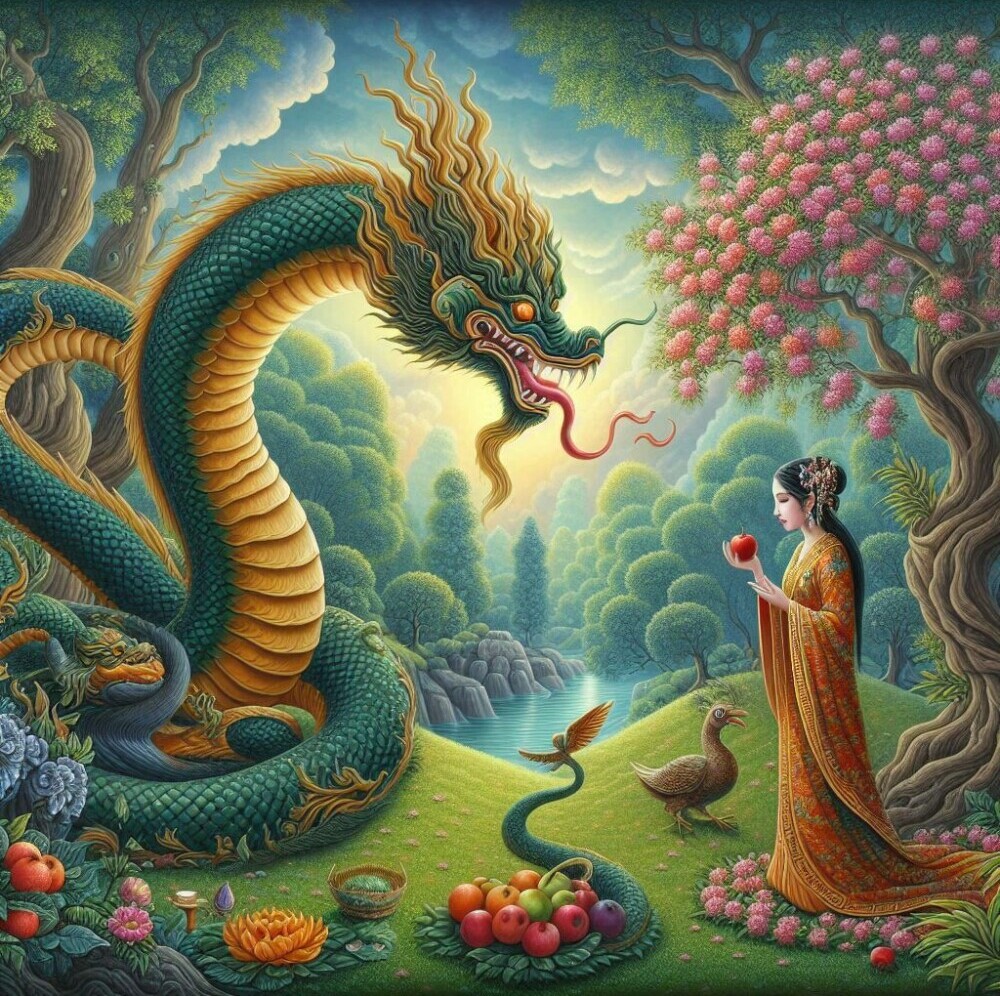
Archangel Samael is a figure shrouded in mystery and often misunderstood within religious and mythological circles. When you start looking at the origins of Samael, you’ll find they vary widely across different cultures and time periods. Samael appears prominently in Jewish mysticism and is sometimes associated with figures like Satariel, illustrating the complexity of his character.
In Jewish mysticism, particularly within the Kabbalistic tradition, Samael holds a rather paradoxical role. His name surfaces in the Zohar, a fundamental Kabbalistic text that paints him as both an angelic being and the accuser or adversary tasked with enacting God’s will in judgment. This duality is central to understanding Samael’s origins and the broader theological implications.
Christian theology, on the other hand, often portrays Samael as a fallen angel or a demonic figure, which contrasts sharply with other texts. Early Christian literature sometimes merges Samael with Satan or Lucifer, creating a narrative where Samael acts as an antagonist. Understanding this evolution across time gives a richer context to Samael’s image as it stands today.
Another interesting context comes from Gnosticism, where Samael is sometimes equated with the Demiurge, a fashioner of the material world often misconstrued as a lesser god. This association reflects humanity’s historical struggle to understand the balance between the physical and spiritual realms.
So, tracing Samael’s origins feels like piecing together a puzzle spanning various religious doctrines. Each piece offers a unique perspective on this enigmatic archangel who has played a dynamic role in shaping theological narratives throughout history.
The Significance Behind the Name ‘Samael’
Understanding the name ‘Samael’ requires a dive into its etymological roots, where you’ll find the meanings ‘Venom of God’ or ‘Poison of God’. These translations reflect a duality that’s crucial to grasping Samael’s overall identity and function within spiritual contexts.
This name itself hints at the complex role Samael plays. On one end, it aligns him with both creation and destruction, characterizing him as a necessary agent of divine will. In another view, it associates him with severity, judgment, and perhaps a sense of fear or awe, elements often entwined with divine justice.
Etymologically, the root ‘Sam’ suggests blindness or an aspect of obstructing light, adding another layer to Samael’s characterization. This doesn’t just depict a destructive force but also embodies the trials or hindrances that can lead to spiritual enlightenment.
Interpretations of Samael’s name have shifted over time, contributing to the rich tapestry of myth and theology surrounding him. Historically, the aspect of venom does not necessarily denote evil but rather the profound influence Samael has in divine processes, often acting as a balance between mercy and severity.
Samael’s name and its meanings spark debates in theological circles regarding his place in both divine hierarchy and morality. Whether as a guardian or an adversary, the way people have interpreted his name has influenced religious practices and beliefs for centuries.
Who is Archangel Samael? An In-Depth Exploration
Archangel Samael’s character serves as a fascinating mix of the sacred and the mysterious. Within the celestial hierarchy, Samael stands out as a figure of great power and complex duties. Unlike other archangels, Samael’s role is often seen through a lens of severity, embodying both divine wrath and justice.
Traditionally, Samael is portrayed as a formidable being, commanding respect and sometimes fear. His association with duties that involve judgment and enforcing divine will places him in an influential position. Those researching angelology often find that Samael does not fit neatly into categories like simply benevolent or malevolent.
Rich artistic and literary portrayals have cemented Samael’s image in cultural memory. In many texts, he’s depicted wielding a sword, symbolizing authority and decisiveness. His image as both a defender of divine order and a punisher of the unjust is something that has been debated by scholars and believers for centuries.
What sets Samael apart from other celestial beings is his role across a wide array of religious narratives. Whether he’s viewed as an accuser or adversary, Samael’s presence is undeniably significant. He often appears as a necessary force in the moral and cosmic balance, tasked with roles that aren’t always easy to define but are critical to maintaining the order.
Engaging with the lore surrounding Samael invites a myriad of questions about morality, justice, and the human condition. Samael’s complex portrayal as both a facilitator of divine will and a figure of awe and fear challenges conventional archetypes of angelic beings. This duality continues to intrigue theologians and literary scholars alike.
In Jewish Kabbalah Archangel Samael is associated with both the Tree of Life, Sephirot and the Tree of Death, Qliphoth. Qliphoth, represents impure and evil forces whereas Sephirot represents all the spiritual forces of goodness and light. Portrayed as a powerful entity with both angelic and demonic aspects present, this speaks to the duality of what we know of him.
Unraveling the Duties and Purpose of Archangel Samael
Archangel Samael carries a unique portfolio of duties, each reflecting his multifaceted nature. Known for enforcing divine justice, Samael acts as a cosmic enforcer, embodying the balance between creation and destruction. His actions are believed to ensure that divine law is upheld across the universe.
One of Samael’s central roles is as an agent of God’s will, tasked with meeting out judgment. This role casts him in a light that may seem severe but serves the broader purpose of maintaining order. His actions, occasionally seen as harsh, are integral to the system of moral accountability promoted in several spiritual traditions.
Beyond the conventional roles of a judge, Samael is sometimes considered a protector. He is called on to protect loved ones fighting in wars or working with the police. This protective aspect might refer to guarding divine secrets or shielding the faithful from malevolent forces. Samael is also called upon to help in spiritual warfare. His fierce loyalty and dedication to divine principles highlight a complex character that transcends simplistic binary judgments.
People often associate Samael with the planet Mars, symbolizing attributes like strength, war, and vigor. Mars’ reputation as the planet of action and aggression mirrors Samael’s assertive and forceful nature. This celestial connection suggests that Samael’s energy influences both cosmic and earthly realms, reflecting the impact of his responsibilities.
Unraveling these duties suggests a being deeply integrated into the fabric of divine operations, tasked with responsibilities that shape the universe’s moral and cosmic balance. Samael’s roles encourage ongoing discussion about judgment, protection, and cosmic order, prompting us to reflect on how these concepts relate to our understanding of justice and righteousness.
Legacy and Stories: The Enduring Influence of Archangel Samael
Archangel Samael’s legacy is woven through an intriguing tapestry of stories and cultural legends. His presence is strongly felt in texts that have shaped theological discourse and religious practice across ages. Samael’s figure often emerges in narratives that explore the nature of divine justice and the struggle between good and evil.

One of Samael’s notable appearances is in the story of creation within Jewish lore, where he is sometimes credited with acting as an angel of death or playing a role in the temptation of Eve, which led to Adam and Eve’s exile from the garden of Eden. These stories underscore his dual nature, embodying both destruction and the inevitable resolution of divine will.

Samael’s association with apocryphal texts lends him a certain mystique. These narratives, often teetering on the fringes of canonical religious literature, portray him as a pivotal character in the grand design governing the cosmos. His interventions are depicted as necessary and sometimes misunderstood elements of divine prophecy.
Throughout history, Samael’s figure has served as a subject of academic study and artistic representation. This has allowed for varied interpretations and adaptations, ranging from literary works and iconography to more modern depictions in media and folklore. These portrayals continue to spark discussions on the interplay of fear, respect, and moral contemplation.
Samael’s governance over the planet Mars further cements his standing as a celestial influence, with Mars traditionally symbolizing war but also passion and drive. This connection reinforces Samael’s influence beyond spiritual texts, touching upon astrology and personal interpretation of one’s cosmic path.
Samael’s legacy, entwined with formidable stories and cultural influences, remains a potent force in discussions about faith and morality. His multi-dimensional presence invites ongoing exploration and reflection, ensuring that the archangel’s impact endures in contemporary spiritual and cultural dialogues.


